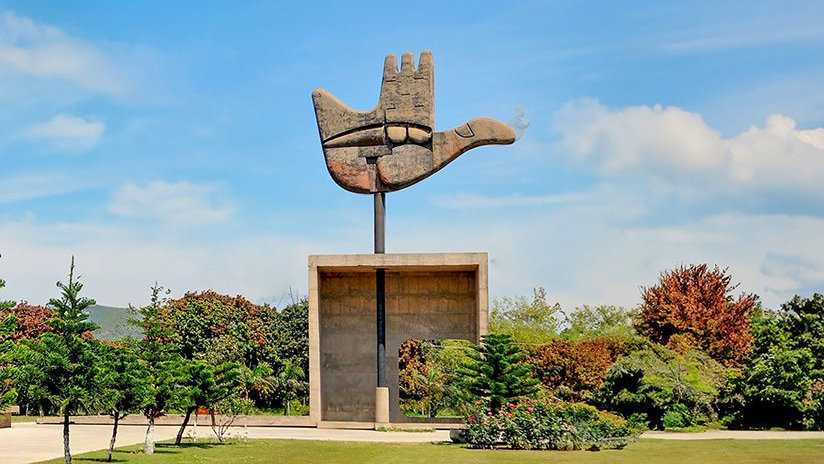Chandigarh cab aggregator rules 2025 bring new fare limits, ban on private vehicles, and stricter safety measures for app-based taxis. Protests grow as drivers demand clarity.
Chandigarh, June 23, 2025 – In a major step toward organized urban mobility, the Chandigarh Administration is all set to implement the Motor Vehicle Aggregator Rules, 2025 — a comprehensive regulatory framework aimed at curbing unregulated fares, streamlining aggregator operations, and enhancing passenger safety in the city.

According to official sources, the rules are expected to be formally notified later this week.
Key Highlights of the Chandigarh Cab Aggregator Rules 2025
The new regulations are designed to bring uniformity, transparency, and discipline to the way cab aggregator platforms — such as Ola, Uber, and Rapido — function in the Union Territory.
Fare Structure and Surge Pricing Under Control
To prevent overcharging and inconsistent pricing, the policy introduces both minimum and maximum fare limits. The base fare, pegged to the current year’s Wholesale Price Index (WPI), will cover the initial 3 km — including the distance travelled by the driver to pick up the passenger.
- Minimum fare: 50% below the base fare
- Maximum surge pricing: 1.5x the base fare
This structure aims to balance affordability for passengers with sustainability for drivers.
Strict Ban on Private Vehicles in Aggregator Services
In a move welcomed by licensed commercial drivers, the use of private (non-commercial) vehicles for commercial rides has been officially prohibited. This addresses long-standing complaints regarding unfair competition and grey-area operations by unregistered drivers.
Support for Public Infrastructure
To contribute toward better urban transport infrastructure, the new policy may mandate that 2% of each ride fare be deposited into a government fund. These funds will be used to support public transport amenities and road infrastructure, further aligning private players with public interest.
Boost to Passenger Safety & Sustainable Mobility
Passenger safety — particularly for women — takes center stage in the upcoming rules. The administration will require aggregators to:
- Operate a 24/7 helpline
- Offer ride-pooling options
- Integrate electric vehicles (EVs) into their fleet
- Maintain a minimum fleet size for operational approval
Officials state these measures are being introduced to promote eco-friendly transport and ensure accountability during emergencies.
Drivers’ Protest Intensifies Amid Policy Finalization
Even as the policy gears up for rollout, it has sparked protests from local cab operators. The Tricity Cab Association (TCA), which represents over a thousand independent drivers, has been protesting outside the State Transport Authority (STA) office in Sector 18 since June 16.
TCA Chairman Vikram Singh expressed frustration over the lack of dialogue from the administration.
“We’ve repeatedly asked for clarity on licensing procedures, aggregator commission cuts, and illegal private vehicle operations, but our voices are being ignored,” he said.
Drivers fear that the new policy may disproportionately benefit larger aggregator platforms while neglecting the concerns of smaller, independent drivers.
Looking Ahead
While the Chandigarh Motor Vehicle Aggregator Rules, 2025 promises greater accountability and structure in urban transport, the real test lies in effective implementation and inclusive dialogue. For the policy to succeed, the administration must strike a balance between regulation and livelihood, ensuring both citizens and cab drivers benefit from a safe, fair, and sustainable ecosystem.
